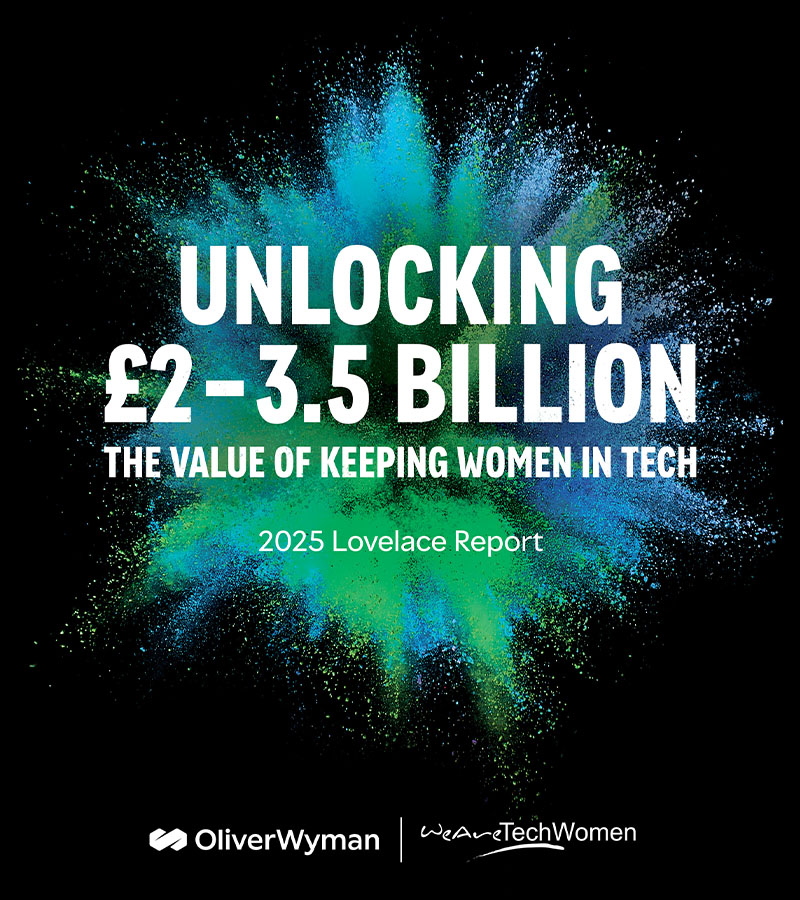Sophie Williams is a distinguished diversity & inclusion speaker, whose work bridges rigorous academic research and deeply human storytelling. Her third book, The Glass Cliff, peels back the often unseen challenges that women and underrepresented leaders face after breaking through the so-called “glass ceiling”.
With expertise drawn from long-form studies and cultural narratives, Sophie translates dense, pay-walled scholarship into vivid, accessible insights on leadership, equity, and systemic change. Her talks equip audiences with not just awareness but practical frameworks to identify risk, foster inclusion, and build resilience.
In this exclusive interview with The Diversity & Inclusion Speakers Agency, Sophie Williams delves into how the glass cliff manifests in leadership, the evolving momentum and backlash in today’s political climate, and how any organisation can better support enduring equity—not just symbolic progress.
Your latest book explores the concept of the “glass cliff.” For those unfamiliar with the term, can you explain what it means and why it’s such an important issue for women in leadership?
The glass cliff is the topic of my third and most recent book. And really, it’s a conversation about what happens to underrepresented leaders when they manage to break through the glass ceiling.
Most people have heard of the glass ceiling—that invisible but seemingly impossible-to-break-through barrier that sits above the heads of women in business and stops them from reaching not only the pinnacles of professional attainment but also the peaks of their own personal capabilities.
They find themselves hitting their heads against this invisible, but seemingly impossible-to-break-through barrier that limits the trajectory of their progress.
But we know that there are some people, some women, who manage to break through the glass ceiling. And so, I wanted to look at what happens after that. That’s the story of the glass cliff. The glass cliff was first discovered back in 2005 by two researchers from the University of Exeter.
They saw a piece on the front cover of the Times business section with the headline: Women on the board – a help or a hindrance?
It was written by a female journalist who said that when businesses appointed women to their most senior leadership roles—CEO, member of the board—those businesses seemed to suddenly be in a moment of trouble. She asserted that women on the board must, in fact, be bad for business, and that businesses in the UK would be better off without them.
The two researchers thought that sounded strange, so they investigated. What they found was that the beginning of the story was being lost—it wasn’t being told. Instead of women coming in, taking over businesses, and those businesses suddenly starting to fail, they found a more nuanced story.
Those businesses that appointed women into leadership positions for the first time were more often than not already in periods of prolonged poor performance.
That poor performance could take many forms: a stock market hit, a reputational scandal, a drop in valuation—whatever that looked like. The researchers found that those businesses that had been through some kind of internal crisis suddenly became much more likely to appoint a female leader.
That’s what the glass cliff looks at. I’m not the researcher; I didn’t do the original research. My job, whether I’m talking about race or gender or work, is to read the long, difficult research papers behind the paywalls and find interesting stories that haven’t been told or reached the place in the cultural conversation that they deserve. My work is about giving them language, accessibility, and an audience.
So, The Glass Cliff is the story of women’s leadership journeys beyond the glass ceiling. It can be difficult—it can be a story of a lack of internal resource or support, of short tenures, or of things going wrong that you don’t understand. But it’s a really important story because it tells us what to look out for and what the warning signs are.
Not all women who step into senior leadership positions face the risk of the glass cliff, but there are five warning signs to be aware of. Through my discussions, we talk about what those signs are, how to address them, and we use high-profile and cultural examples to illustrate the point.
Once we can identify the glass cliff, we can start to challenge the circumstances that make it possible—and give women fairer chances as they proceed through their leadership journeys.
Since 2020, diversity, equity and inclusion (DEI) has faced both renewed energy and growing resistance. From your experience, what is it like working in DEI during such a politically and culturally divided time?
It’s a really strange time to be doing work in the area of DEI. This is a type of work that I first started doing around 2020 when the conversation around the Black Lives Matter movement started to gain traction.
We were really excited and optimistic because, while this wasn’t a new conversation, people were suddenly interested, engaging, and taking the topic of race, diversity, equality, and inclusion more seriously than they had in the past.
These aren’t new issues or new struggles—these are the same struggles that our parents, grandparents, and their parents have been dealing with and fighting for over generations. It really felt in 2020 that we might be reaching a tipping point, with the conversation going mainstream and progress being made.
That conversation did go mainstream, but it didn’t necessarily have the positive impact we hoped for. It’s a complicated, interesting, and, I’ll be honest, confusing time to be working in this space. But as I say, these are the same fights that generations before us have been fighting.
One thing about equality and inclusion is that it was never going to be instantaneous. Changing hearts, minds, values, and big systemic ways of working was never going to be a one-and-done solution. Whenever we make progress, there’s always pushback. Whenever we take a step forward, there are always people trying to pull us back.
It can feel like a difficult moment to have hope or optimism, but I think it’s still a hopeful time—because it has to be. Whenever people try to undo progress or challenge our right to exist with freedom and safety, that’s when we need people and businesses the most to say, Not us, not in our name, not on our watch.
It’s a scary and confusing time, but also a time of great opportunity—a time for businesses to reaffirm who they are, what they stand for, and where they want to invest their time, effort, and resources.
You’ve worked with organisations from Fortune 500 companies to government departments. How do you adapt conversations about race and gender for audiences from such diverse sectors and backgrounds?
My approach to talking to businesses about race and gender is pretty much the same regardless of who I’m speaking to. I’ve spoken alongside the Chancellor of the Exchequer, the Secretary of State for Health, and the CEO of the NHS. I’ve gone into various government departments and worked with Fortune 500 companies, banks, charities, and student unions—wherever I can get the message out.
But one important thing for me is that the message doesn’t really change. Whether you’re speaking to university students who want to know how to support their peers, or to corporate or government leaders who want to raise difficult conversations in their spheres, it’s the same conversation.
The ideas we’ve been socialised with around race, gender, and value don’t really change depending on who you are. There’s no reason to imagine that a CEO is better informed about discrimination or marginalisation than an intern with lived experience of being marginalised.
So, my approach doesn’t change. My aim for every session is to make people laugh, to make them feel empowered, and to give them a clear understanding of where we are and why it matters. I also try to give actionable, tangible advice that people can use to make change on their own terms.
Sometimes the advice changes depending on who I’m speaking to—a CEO’s influence is obviously different to that of a student—but the message remains the same. It’s about giving everyone the knowledge and tools to make things better for themselves and others.
No one’s being told off—we’re just explaining what’s going on and giving people the tools to help make things different and better for everyone.
This exclusive interview with Sophie Williams was conducted by Megan Lupton of The Motivational Speakers Agency.









